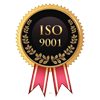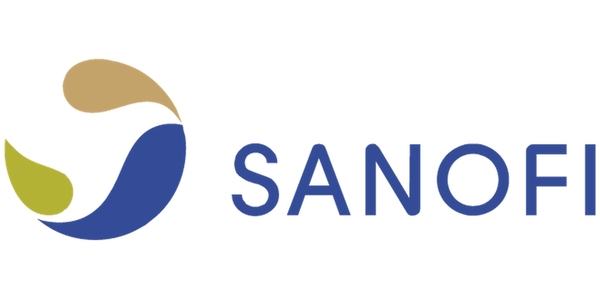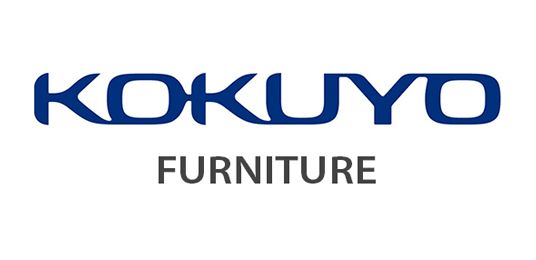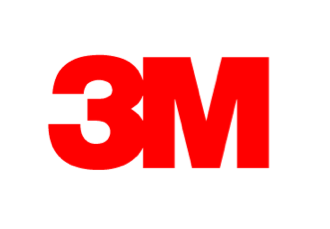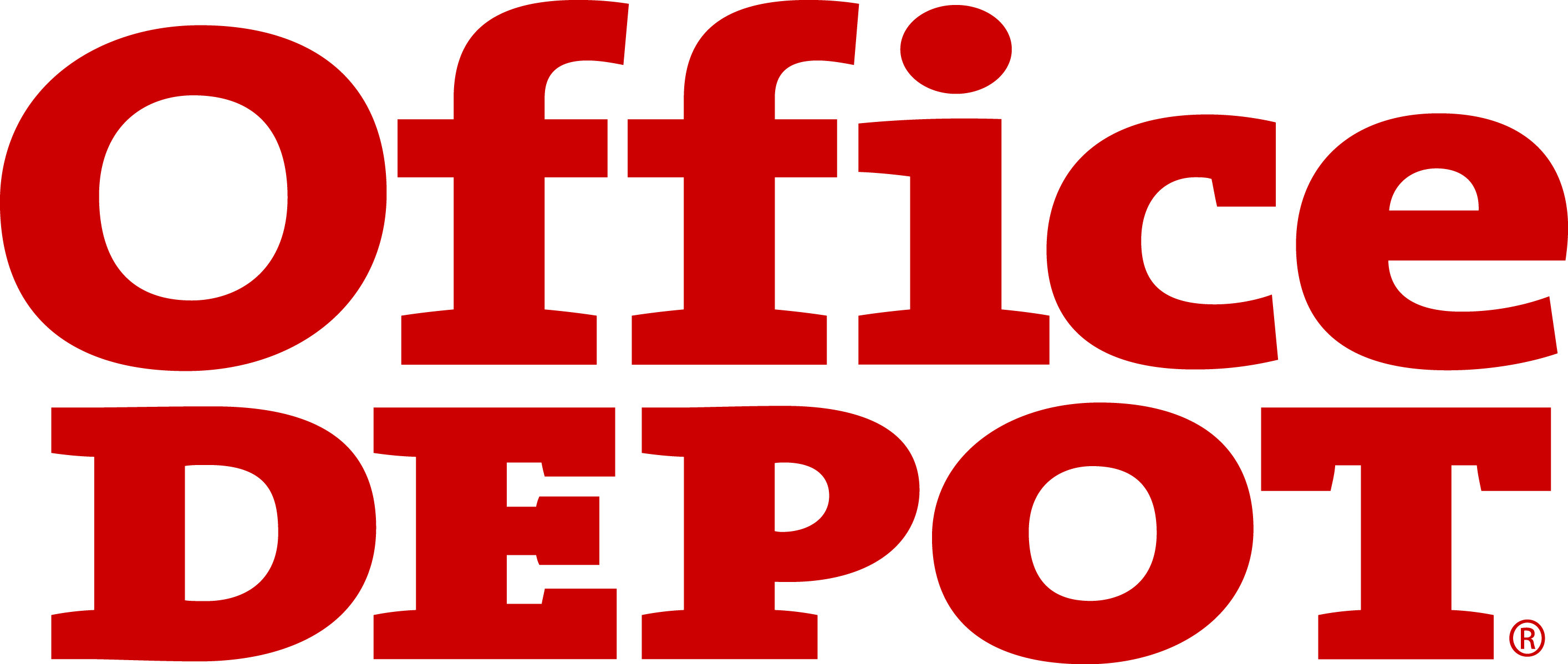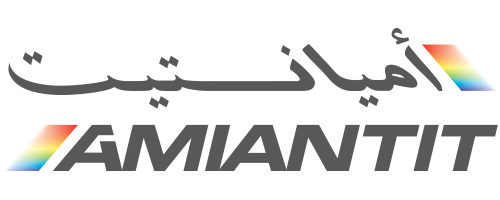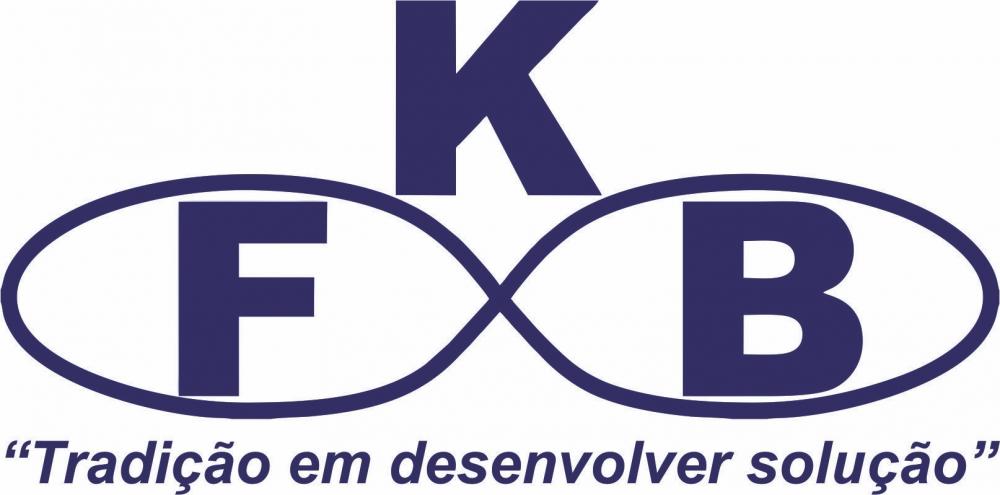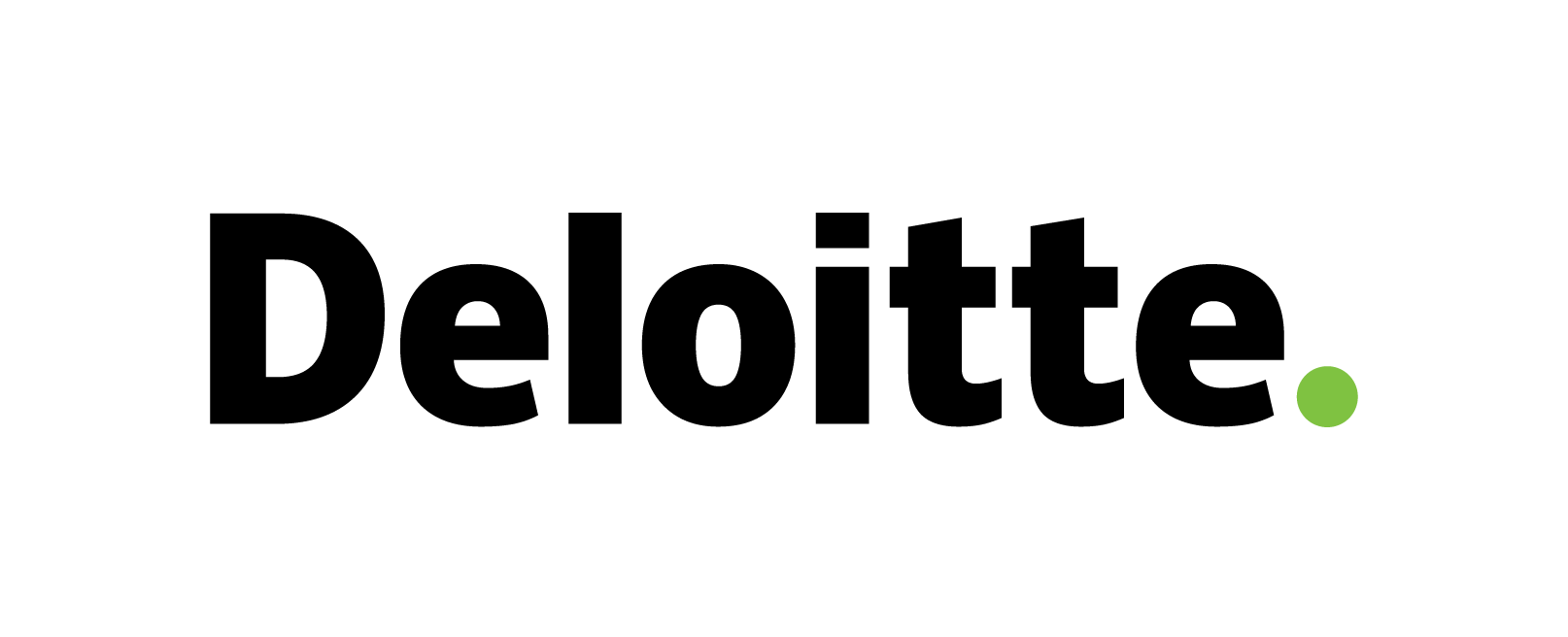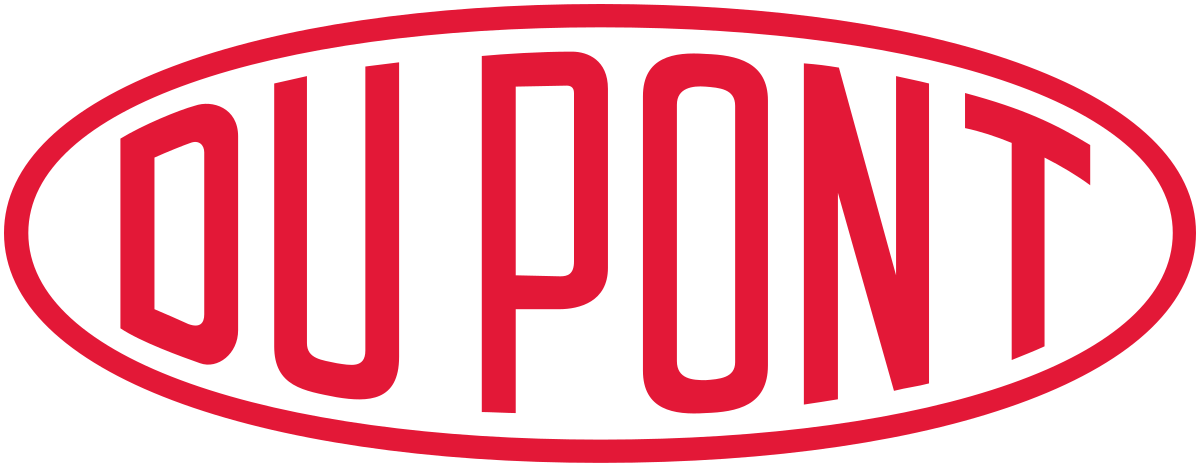Feminine Hygiene Product Market
Feminine Hygiene Product Market Trends, Opportunity, and Forecast Analysis, 2024-2033
Feminine Hygiene Product Market revenue to generate USD 75.8 billion by 2033, according to KDMI analyst’s growth analysis. The market is segmented by Nature, Type, Distribution Channel, Consumer Age Group, Material Type, Price Range and by region.
Feminine Hygiene Product Market Size Survey Report – In a Glance
As per the survey report on the global feminine hygiene product, the market is projected to foresee a CAGR of 7.3% between 2024-2033, and further generate a market size of USD 75.8 billion revenue by the end of 2033. In the year 2024, the market size was valued at USD 42.5 billion revenue.
- The global feminine hygiene product market is projected to grow on account of increasing awareness of menstrual hygiene.
- In Japan, the popularity of femtech movement, can be attributed to the growth in the feminine hygiene product.
- KDMI analyst’s growth analysis foresees availability of low-cost substitutes to challenge market growth.
- Asia Pacific, having the highest market share in the Feminine Hygiene Product Market, is projected to dominate the global market.
Feminine Hygiene Product Market Analysis
Feminine Hygiene Product, are the ones which include goods meant for cleaning the vagina or vulva, such as feminine wipes, soap, douches. Further, it includes the products which are used for menstrual hygiene such as menstrual pads, pantyliners and period panties. Increasing awareness of menstrual hygiene are anticipated to push the global market of Feminine Hygiene Products Markets. Every year on May 28, Menstrual Hygiene Day is observed to emphasize good practices of menstrual hygiene during the period and to increase awareness regarding the significance of admittance to period education, sanitation facilities and menstrual products. In the last five years, the sales revenue of menstrual products has increased by an average of around 38%, and in the coming future, the increasing awareness around menstruation bodes well for the growth of feminine hygiene products. Johnson & Johnson, Procter & Gamble, Kimberly-Clark, Essity Aktiebolag, Kao Corporation, and Daio Paper Corporation are significant companies in the global Feminine Hygiene Product Market.
Analyst’s Observation on Japan Feminine Hygiene Product Market Survey
The popularity of the femtech movement can be attributed to the growth of the feminine hygiene product market in Japan. The country is renowned worldwide for its holistic and sophisticated beauty rituals. The rise of the Femtech movement gained popularity in Japan and is driven by brands such as Waphyto which has relaunched intimate care within wellness and beauty context. By incorporating such products into high-end varieties, brands such as Waphyto are breaching the codes. They encourage women to see women's care as a natural segment of their beauty routine, with similar attention to aesthetics, quality and sensory experience. Kao Corporation, Daio Paper Corporation and Unicharm Corporation are key suppliers in the Japanese Feminine Hygiene Product Market.
|
Feminine Hygiene Product Market: Report Scope |
|
|
Base Year |
2023 |
|
Base Year Market Size |
USD 42.5 Billion |
|
Forecast Year |
2024-2033 |
|
Forecast Year Market Size |
USD 75.8 Billion |
|
CAGR Value |
7.3% |
|
Feminine Hygiene Product Market Key Trends/Major Growth Drivers |
|
|
Restraint Factors |
|
|
Feminine Hygiene Product Market Segmentation |
|
|
Feminine Hygiene Product Market Key Players |
Johnson & Johnson, Procter & Gamble, Kimberly-Clark, Essity Aktiebolag, Kao Corporation, Daio Paper Corporation, Unicharm Corporation, Premier FMCG Ontex (Belgium), Hengan International Group Company Ltd., Drylock Technologies, Natracare LLC, First Quality Enterprises, Inc., Bingbing Paper Co., Ltd. (China), and among others. and others |
Feminine Hygiene Product Market Growth Driver & Market Restraint
Growth Driver
Availability of environment friendly feminine hygiene products:
With regards to raw materials in the throwaway menstrual products, pads have about 90% plastic and it end up in landfills. Recently, to fight the environmental side effects of menstrual products such as pads. Organizations are promoting menstrual health hygiene, which involves growing awareness about the environmental influence of disposable menstrual products. The growing availability of environmentally friendly products propels the global demand for feminine hygiene products. There are numerous eco-friendly menstrual products, such as reusable menstrual cups, and its market has grown lately with organizations developing biodegradable products. Eco Femme, a women-led social organization, has reached out to the world for the manufacture and sale of organic washable cloth pads. The organization’s activities are centred around energizing menstrual practices, which are affordable, healthy, dignified and environmentally friendly.
Educational campaigns & influencer partnership:
As of 2022, Nepal’s MHM Partner’s collaboration coordinates the hygiene agenda and menstrual health, allowing members to share data and experiences. As of December 2018, the 1st Menstruation Summit happened with around 500 participants, from non-governmental, governmental, companies, development partners, social entrepreneurs, media and representative from private organization, coming together to propel the MHM agenda. Influencer partnership for human right campaigns is trending, which predicts the growth of feminine hygiene product market in the future. For instance, Angelina Jolie was a Special Envoy for the United Nations High Commissioner for the Refugees. Further, Richard Gere promotes for the Tibetan people rights.
Market Restraint
Low-cost substitutes:
High-level competition from low-cost substitutes restrains the growth of feminine hygiene products, particularly in the case of price-sensitive consumers. Several consumers, especially in developing countries, might purchase unbranded and cheaper products that offer simple functionality but do not provide extra advantages of innovation or quality found in renowned brands.
Social stigma around menstruation:
In the evolution of the feminine hygiene product market scenario, the social stigma around menstruation acts as a market constraint. The social stigma does not support open discussions to search and have access to suitable data and products, which eventually restrains the seekers from being able to use suitable feminine hygiene products, beneficial for their health.
Feminine Hygiene Product Market Segmentation
Our experts at KD Market Insights have segmented the global Feminine Hygiene Product Market research report as:
|
By Nature |
|
|
By Type |
|
|
By Distribution Channel |
|
|
By Consumer Age Group |
|
|
By Material Type |
|
|
By Price Range |
|
|
By Region |
|
Feminine Hygiene Product Market Regional Synopsis:
Asia Pacific is expected to dominate the market because of the launch of various eco-friendly menstrual products such as washable cloth pads, period panties and cups. The eco-friendly sanitary pad producers in China are producing innovative items with biodegradable materials such as cornstarch and bamboo fibre. The Indian and Chinese consumers are intensively searching for premium sanitary pads with improved features such as superior absorption, ultra-thin designs and natural materials. Some producers are discovering and experimenting with the incorporation of smart technology into sanitary pads such as alerting users to change pads and sensors to regulate flow. In India, Elpro Energy Dimensions, a pioneer in innovative energy solutions has launched a breakthrough smart bus stop in Bangaluru with sanitary pads. India has companies such as Favorite Fab, which offers superior quality, effective and dependable sanitary pad machines to satisfy diverse requirements.
North America is expected to grow with the fastest CAGR, and the driving factors are diverse product ranges and government initiatives. The government of Canada has apportioned USD 25 million as of 2022 to generate the Menstrual Equity Fund for NPOs, community organizations and Charities to improve the convenience of menstrual products in Canada. Moreover, the federal administration has revised the Canada Labour Code as of 2023 to guarantee free menstrual products are offered in federally administered workplaces. Companies such as Kimberly-Clark make extra efforts in feminine care, ranging from personal style to individuality to a lively lifestyle, they have a wide range of options. It aims to motivate Kotex and Intimus brands to stimulate confidence in every segment of femininity. This feminine care brand in the United States is trusted by millions of women populations and it operates in more than 100 countries.
Spain’s Catalonia region in Europe as of 2024, began offering free reusable menstrual cups, cloth pads and period underwear at pharmacies under an initiative of the European government to minimize period poverty. This initiative came after it was found in a survey that about 44% of menstruating women in Catalonia could not purchase their choice of period & hygiene products. Such governmental initiative is responsible for the growth of the feminine hygiene product market in the European region. Middle East & Africa and Latin America are expected to show considerable growth due to growing awareness around female hygiene.
Feminine Hygiene Product Market Key Players
- Johnson & Johnson
- Procter & Gamble
- Kimberly-Clark
- Essity Aktiebolag
- Kao Corporation
- Daio Paper Corporation
- Unicharm Corporation
- Premier FMCG Ontex
- Hengan International Group Company Ltd.
- Drylock Technologies
- Natracare LLC
- First Quality Enterprises, Inc.
- Bingbing Paper Co., Ltd.
- Xiaomi Corporation
- Executive Summary
- Market Overview
- Key Findings
- Market Trends
- Market Outlook
- Introduction
- Scope of the Report
- Research Methodology
- Definitions and Assumptions
- Acronyms and Abbreviations
- Market Dynamics
- Drivers
- Restraints
- Opportunities
- Challenges
- Global Feminine Hygiene Product Market
- Market Overview
- Market Size and Forecast
- Market Segmentation
- By Nature
- By Type
- By Distribution Channel
- By Consumer Age Group
- By Material Type
- By Price Range
- By Region
- Market Segmentation by Nature
- Disposable
- Reusable
- Others
- Market Segmentation by Type
- Sanitary Napkins
- Panty Liners
- Tampons
- Menstrual Cups
- Others
- Market Segmentation by Distribution Channel
- Supermarket & Hypermarket
- E-Commerce
- Department Store
- Retail
- Others
- Market Segmentation by Consumer Age Group
- Young Adults
- Teenage
- Others
- Market Segmentation by Material Type
- Biodegradable Materials
- Cotton
- Others
- Market Segmentation by Price Range
- Low Price
- Mid-Range Price
- Others
- Regional Analysis
- North America
- United States
- Market Size and Forecast
- Key Trends and Developments
- Market Analysis by Feminine Hygiene Product Nature, Type, Distribution Channel, Consumer Age Group, Material Type, and Price Range
- Canada
- Market Size and Forecast
- Key Trends and Developments
- Market Analysis by Feminine Hygiene Product Nature, Type, Distribution Channel, Consumer Age Group, Material Type, and Price Range
- Mexico
- Market Size and Forecast
- Key Trends and Developments
- Market Analysis by Feminine Hygiene Product Nature, Type, Distribution Channel, Consumer Age Group, Material Type, and Price Range
- United States
- Europe
- United Kingdom
- Market Size and Forecast
- Key Trends and Developments
- Market Analysis by Feminine Hygiene Product Nature, Type, Distribution Channel, Consumer Age Group, Material Type, and Price Range
- Germany
- Market Size and Forecast
- Key Trends and Developments
- Market Analysis by Feminine Hygiene Product Nature, Type, Distribution Channel, Consumer Age Group, Material Type, and Price Range
- France
- Market Size and Forecast
- Key Trends and Developments
- Market Analysis by Feminine Hygiene Product Nature, Type, Distribution Channel, Consumer Age Group, Material Type, and Price Range
- Italy
- Market Size and Forecast
- Key Trends and Developments
- Market Analysis by Feminine Hygiene Product Nature, Type, Distribution Channel, Consumer Age Group, Material Type, and Price Range
- Spain
- Market Size and Forecast
- Key Trends and Developments
- Market Analysis by Feminine Hygiene Product Nature, Type, Distribution Channel, Consumer Age Group, Material Type, and Price Range
- Rest of Europe
- Market Size and Forecast
- Key Trends and Developments
- Market Analysis by Feminine Hygiene Product Nature, Type, Distribution Channel, Consumer Age Group, Material Type, and Price Range
- United Kingdom
- Asia Pacific
- China
- Market Size and Forecast
- Key Trends and Developments
- Market Analysis by Feminine Hygiene Product Nature, Type, Distribution Channel, Consumer Age Group, Material Type, and Price Range
- Japan
- Market Size and Forecast
- Key Trends and Developments
- Market Analysis by Feminine Hygiene Product Nature, Type, Distribution Channel, Consumer Age Group, Material Type, and Price Range
- India
- Market Size and Forecast
- Key Trends and Developments
- Market Analysis by Feminine Hygiene Product Nature, Type, Distribution Channel, Consumer Age Group, Material Type, and Price Range
- Australia
- Market Size and Forecast
- Key Trends and Developments
- Market Analysis by Feminine Hygiene Product Nature, Type, Distribution Channel, Consumer Age Group, Material Type, and Price Range
- South Korea
- Market Size and Forecast
- Key Trends and Developments
- Market Analysis by Feminine Hygiene Product Nature, Type, Distribution Channel, Consumer Age Group, Material Type, and Price Range
- Rest of Asia Pacific
- Market Size and Forecast
- Key Trends and Developments
- Market Analysis by Feminine Hygiene Product Nature, Type, Distribution Channel, Consumer Age Group, Material Type, and Price Range
- China
- Latin America
- Brazil
- Market Size and Forecast
- Key Trends and Developments
- Market Analysis by Feminine Hygiene Product Nature, Type, Distribution Channel, Consumer Age Group, Material Type, and Price Range
- Argentina
- Market Size and Forecast
- Key Trends and Developments
- Market Analysis by Feminine Hygiene Product Nature, Type, Distribution Channel, Consumer Age Group, Material Type, and Price Range
- Colombia
- Market Size and Forecast
- Key Trends and Developments
- Market Analysis by Feminine Hygiene Product Nature, Type, Distribution Channel, Consumer Age Group, Material Type, and Price Range
- Rest of Latin America
- Market Size and Forecast
- Key Trends and Developments
- Market Analysis by Feminine Hygiene Product Nature, Type, Distribution Channel, Consumer Age Group, Material Type, and Price Range
- Brazil
- Middle East & Africa
- South Africa
- Market Size and Forecast
- Key Trends and Developments
- Market Analysis by Feminine Hygiene Product Nature, Type, Distribution Channel, Consumer Age Group, Material Type, and Price Range
- Saudi Arabia
- Market Size and Forecast
- Key Trends and Developments
- Market Analysis by Feminine Hygiene Product Nature, Type, Distribution Channel, Consumer Age Group, Material Type, and Price Range
- UAE
- Market Size and Forecast
- Key Trends and Developments
- Market Analysis by Feminine Hygiene Product Nature, Type, Distribution Channel, Consumer Age Group, Material Type, and Price Range
- Rest of Middle East & Africa
- Market Size and Forecast
- Key Trends and Developments
- Market Analysis by Feminine Hygiene Product Nature, Type, Distribution Channel, Consumer Age Group, Material Type, and Price Range
- South Africa
- North America
- Competitive Landscape
- Market Share Analysis
- Company Profiles
- JCDecaux
- Johnson & Johnson
- Procter & Gamble
- Kimberly-Clark
- Essity Aktiebolag
- Kao Corporation
- Daio Paper Corporation
- Unicharm Corporation
- Premier FMCG Ontex
- Hengan International Group Company Ltd.
- Drylock Technologies
- Natracare LLC
- First Quality Enterprises, Inc.
- Bingbing Paper Co., Ltd.
- Xiaomi Corporation
- Others
- Strategic Recommendations
- Appendix
- List of Tables
- List of Figures
- References

Need Customized Report for Your Business ?
Utilize the Power of Customized Research Aligned with Your Business Goals
Request for Customized Report- Quick Contact -
- ISO Certified Logo -

